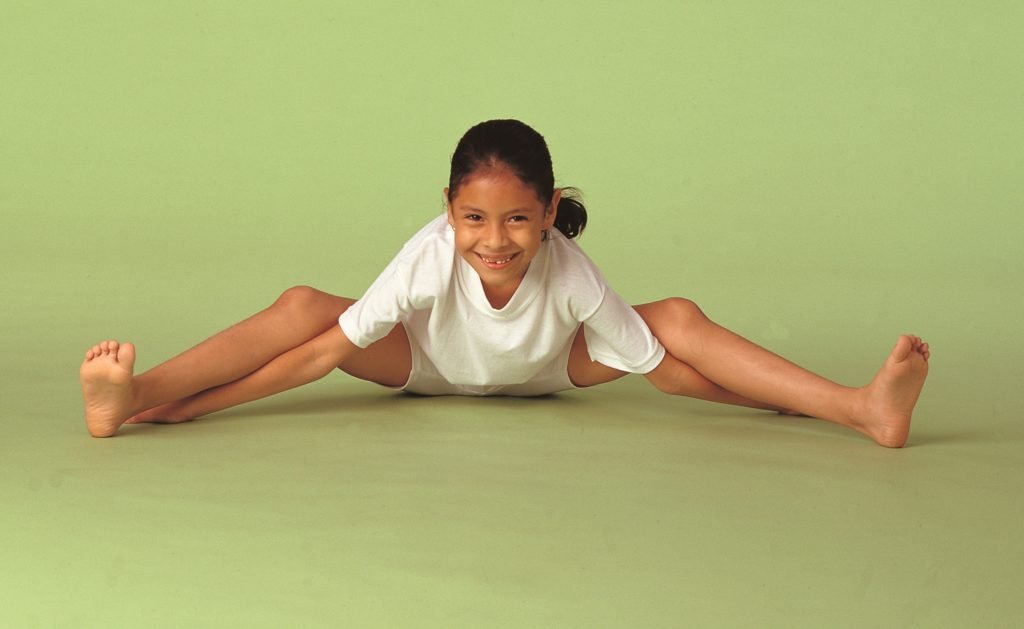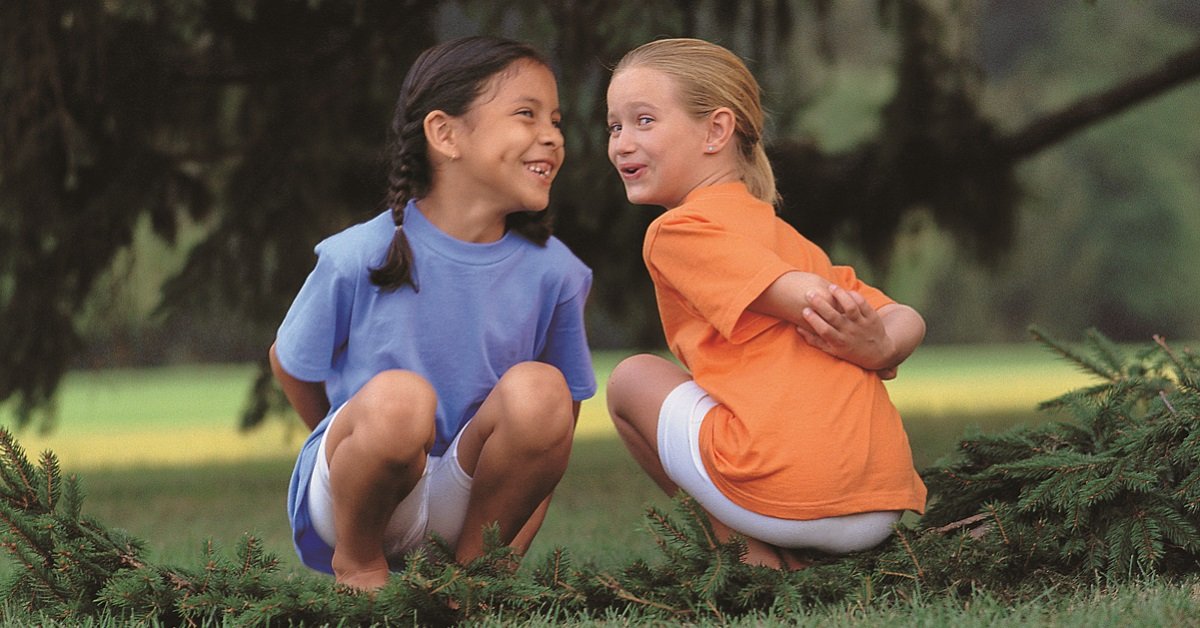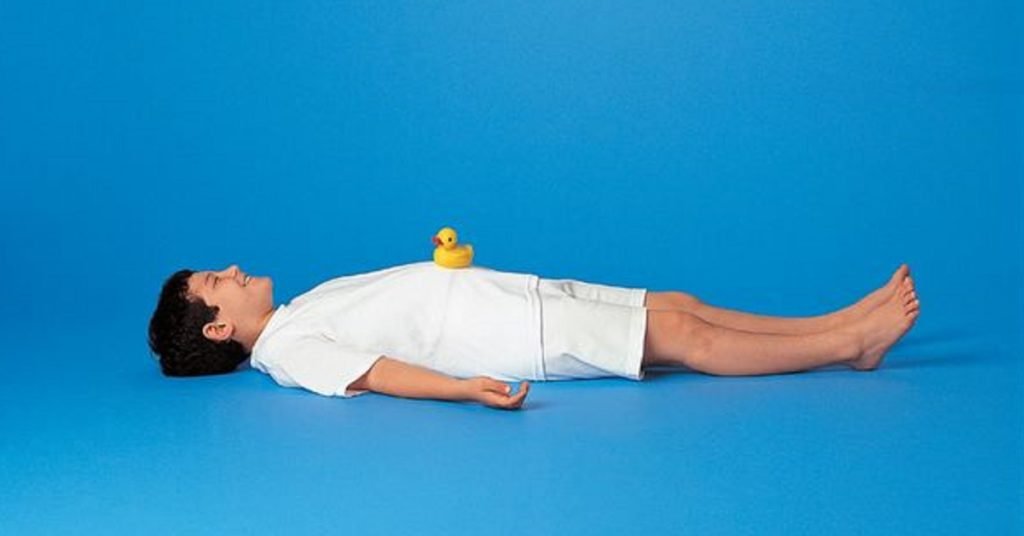
Volcanoes live inside of mountains. They are the earth’s way of releasing heat and pressure. Lava and magma burst through the crust and erupt. Use the volcano pose to let off steam in peaceful ways whenever you feel like bursting or exploding. Children enjoy making their breath very audible in this pose, so it sounds like volcanic noise.
Instructions
Begin in mountain pose. Bring the fingertips together at the chest.
- Jump the feet apart.
- Place your hands in the Namaste position at your heart.
- Inhale. Watch your hands as you raise them over your head.
- Exhale as you explode your arms outward.
- Return to Namaste.
- Erupt and release again and again. Have fun making exploding volcano noises!
Activity Ideas for Home or Classroom
Behavior Management
This is an excellent pose for behavior management. Parents continuously report that children find the volcano pose very useful when they feel angry or frustrated. Encourage them to release feelings and emotions in this positive way. Practice together.
Ecological Echoes & Math Medley
1511 volcanoes have erupted in the last 10,000 years, not including tens of thousands on the sea floor. These are still considered active. Can you calculate the average number of eruptions? (Hint: Divide 10,000 by 1511.)
Laughing Language
Imagine all the things that could be inside of your volcano. Feelings, food, and toys are a few examples of what some YogaKids use. Here are some examples of what they’ve found inside their volcano:
My volcano is filled with lollipops.
My volcano is filled with lava.
My volcano is filled with kitty cats.
Make up your own volcano statements:
“My volcano is filled with _________”











